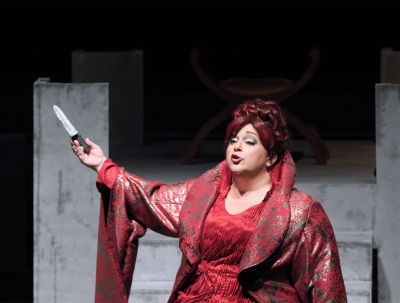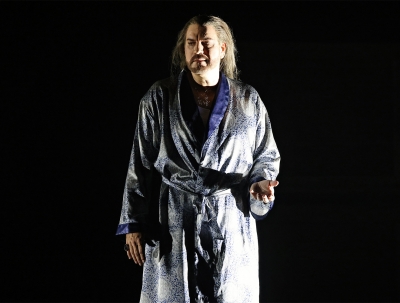Accessibility Tools
- Content scaling 100%
- Font size 100%
- Line height 100%
- Letter spacing 100%
Malcolm Gillies
For nearly two centuries considered the runt of Mozart’s operatic litter, La Clemenza di Tito has taken on new life this millennium. Written in the formalistic, to nineteenth-century ears even archaic, style of opera seria, this hastily composed two-act work of Mozart’s final year (first performed in Prague on 6 September 1791) is now received as fresh, even vital, overturning an inherited view of it as ‘a conception not fully realized’ (Julian Rushton). Its intensely political message is so pertinent to our own immoral times. Why, there is even a storming of the (Roman) Capitol towards the end of Act I, from which the instigators walk free.
... (read more)Béla Bartók’s Duke Bluebeard’s Castle was premièred amid the chaotic, final months of the Great War. Its lugubrious symphonic mood, grim libretto, and static set gained respect rather than favour from its first anxious audience. A century on, now freed from the shackles of copyright (Bartók died in 1945), the opera invites new approaches, arrangements, and settings. There is even now an annual Hungarian opera festival, where the Duke and his latest wife are presented everywhere from night bars to spa baths.
... (read more)Musicians like to play. Some play instruments, others play pieces, and a few, somehow, go deeper. They play ‘the music’, ideally sidelining the instrument or documentation, to connect with their audience person-to-person, even ear-to-ear. Chamber music is probably the most intimate of music’s genres. It is fundamentally about unmediated musical relationships, ...



